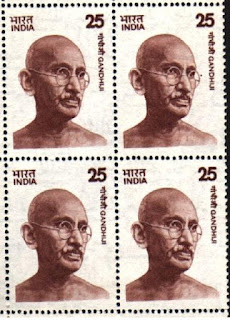The Indian Museum in Central Kolkata, West Bengal, India, also referred to as the Imperial Museum at Calcutta in colonial-era texts.
It is the ninth oldest museum in the world, the oldest and largest museum in India.It has rare collections of antiques, armour and ornaments, fossils, skeletons, mummies and Mughal paintings. It was founded by the Asiatic Society of Bengal in Kolkata (Calcutta), India, in 1814. The founder curator was Nathaniel Wallich, a Danish botanist.
It has six sections comprising thirty five galleries of cultural and scientific artifacts namely Indian art, archaeology, anthropology, geology, zoology and economic botany. Many rare and unique specimens, both Indian and trans-Indian, relating to humanities and natural sciences, are preserved and displayed in the galleries of these sections. In particular the art and archaeology sections hold collections of international importance.
Department of Posts issued Mainature sheet comprising of three Commemorative Postage Stamps on Kolkata Museum.
Issued Date : 02.02.2014












